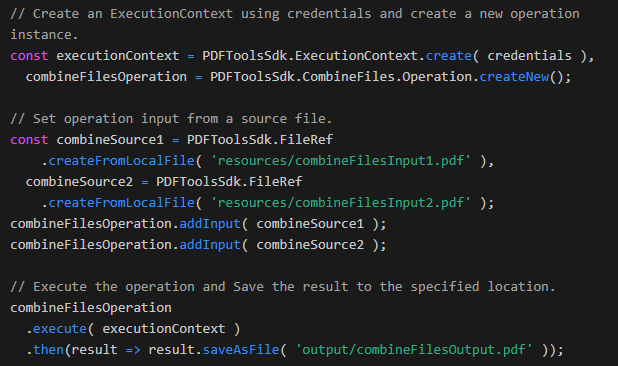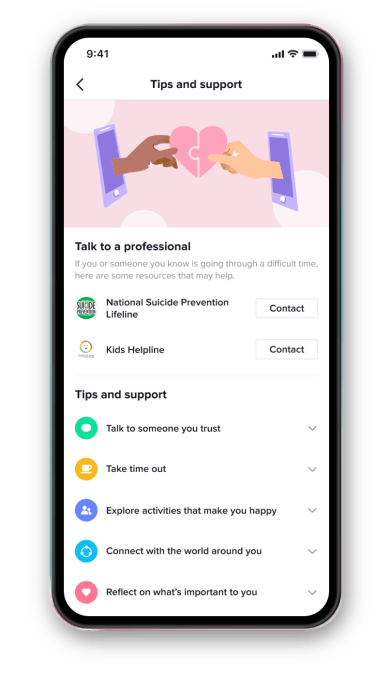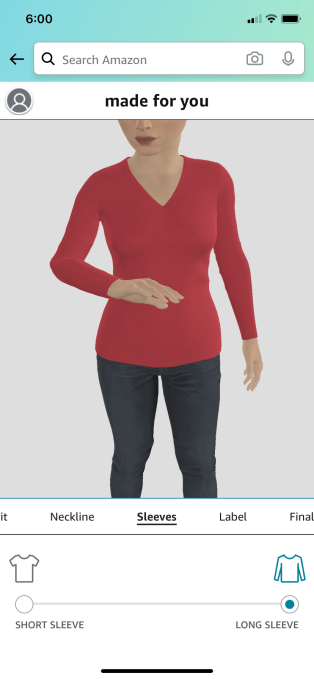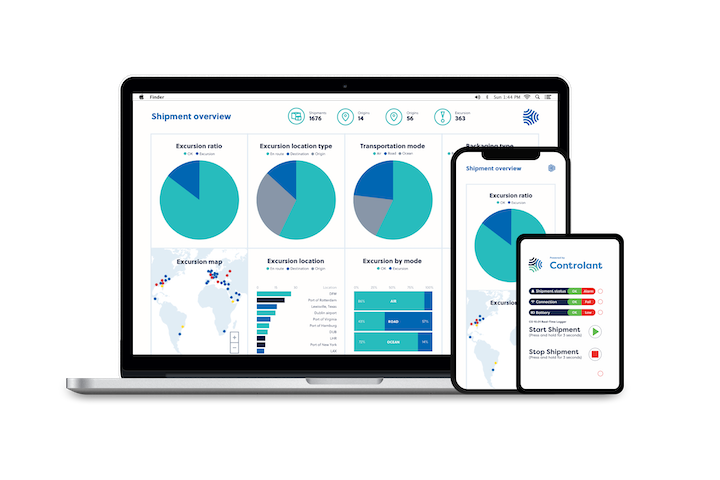James Cox spent much of his professional career at Uber trying to crack the problem of how to reduce congestion through ride-sharing.
As one of the architects of the Uber Pool service and a longtime proponent of ride-sharing as a means to slash vehicle emissions, Cox leapt at the chance to harness technology developed at MIT that purported to perfect a dynamic routing and vehicle management system for transit authorities.
That technology is at the heart of The Routing Company, the startup that Cox now leads. It’s based on sofrware developed by Routing Company co-founder and chief technology officer, Alex Wallar, when he was a doctoral student at MIT focused on optimizing vehicle distributions. Working with collaborators including Daniela Rus, the director of MIT’s Computer Science and Artificial Intelligence Laboratory and post-doc researcher Javier Alonso Mora, Wallar developed a platform that could apply real-time optimization to public transit.
In April, Wallar took the research to Menno van der Zee, and the two men developed the underlying platform that would become The Routing Company.
Cox came on board as an advisor to the company initially, but decided to join the ride full-time after seeing the technology that Wallar and van der Zee had developed.
Now, with $5 million in new financing led by the MIT deeptech investment fund, The Engine, and $6.5 million in total financing, the company is taking its tech to transit authorities around the world.
“We are thrilled to support The Routing Company. They have cracked the code for dynamic shared rides at scale.” said Reed Sturtevant, general partner of The Engine. “Smart ride sharing solutions for cities will have a ripple effect. Innovation in transit could quickly reduce congestion, shorten commute times for those who can’t afford to live in the city where they work, and help the environment.”
The idea is to take the services that private companies had been trying to offer to consumers, and bring the benefits to everyone.
The startup landscape is littered with failed private commuter services, and The Routing Company hopes to circumvent the issues they faced by working with, instead of competing against, public urban transit.
In the US alone, public transportation is a $74 billion business… and during the COVID-19 pandemic it’s a business that’s suffering greatly.
“When we and all the other ridesharing companies were building shared rides algorithms in the past.. The complexity in solving the shared rides problem had not been solved in real time,” said Cox of his time at Uber. “My understanding was that it was not possible to solve it in real time. We are really making transit a customer. If you look at transit they are very good at working with high capacity routes and demand. Where they’re weaker is in low and medium density areas. This is where there’s really an opportunity to help them.”
Cox sees his new company as solving a problem that specifically impacts low-income, low density communities. These areas typically aren’t serviced as well or as frequently by traditional public transit, and the tools on offer from the Routing Company give transit authorities a way to spin up a new fleet to service those areas.
The Routing Company sells a package that includes an app for riders, an app for drivers, and a fleet management platform for the transit agency. While it experiments with different pricing options, Cox declined to disclose how much the company is charging its initial customers, but the revenue model is based on either a per vehicle, per-month fee or on a percentage of the revenue generated per vehicle, he said.
“Each driver receives a link to download an app. The riders are capable of accessing the app in a push a button shuttle way. We have built tools to allow people to make a phone call and make an appointment with an operator,” he said.
The algorithms that had been developed for ride sharing in the past used an individual’s geolocation and destination to set the parameters of who would pick them up. The Routing Company flips that model by focusing on the position of an entire fleet of vehicles first and their already established routes to determine which vehicle is the best suited to pick up a passenger for a ride.
Wait times depend on the city and the number of vehicles deployed through The Routing Company, but Cox said the goal was to have passengers wait no more than 10 minutes for a pick up. Already, one city in Scotland is using the service and The Routing Company has signed contracts with four undisclosed cities in the US an done in Australia.
“Plenty of people who have tried to make shuttle startups. The issue with a number of those is that the unit economics don’t work. Our approach definitely has the right technology and if we can augment public transit rather than compete with it,” Cox said.







